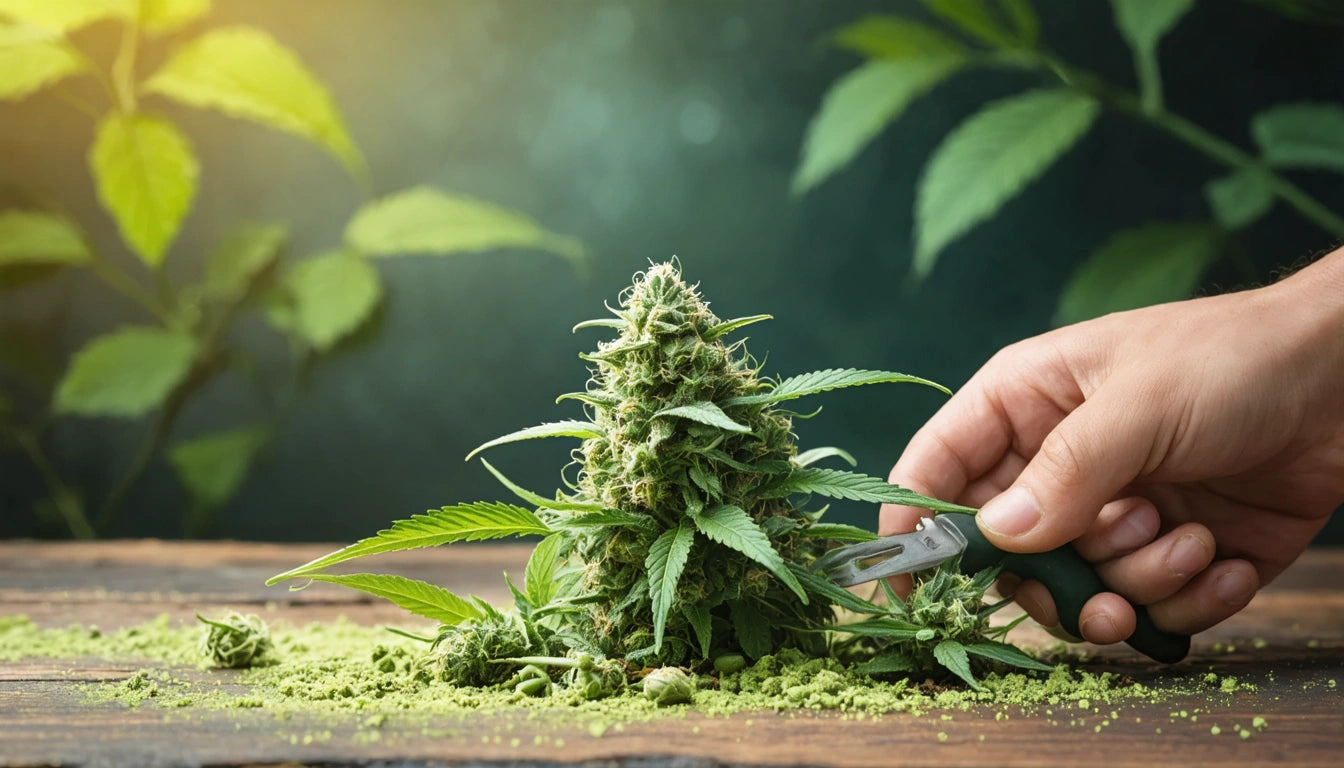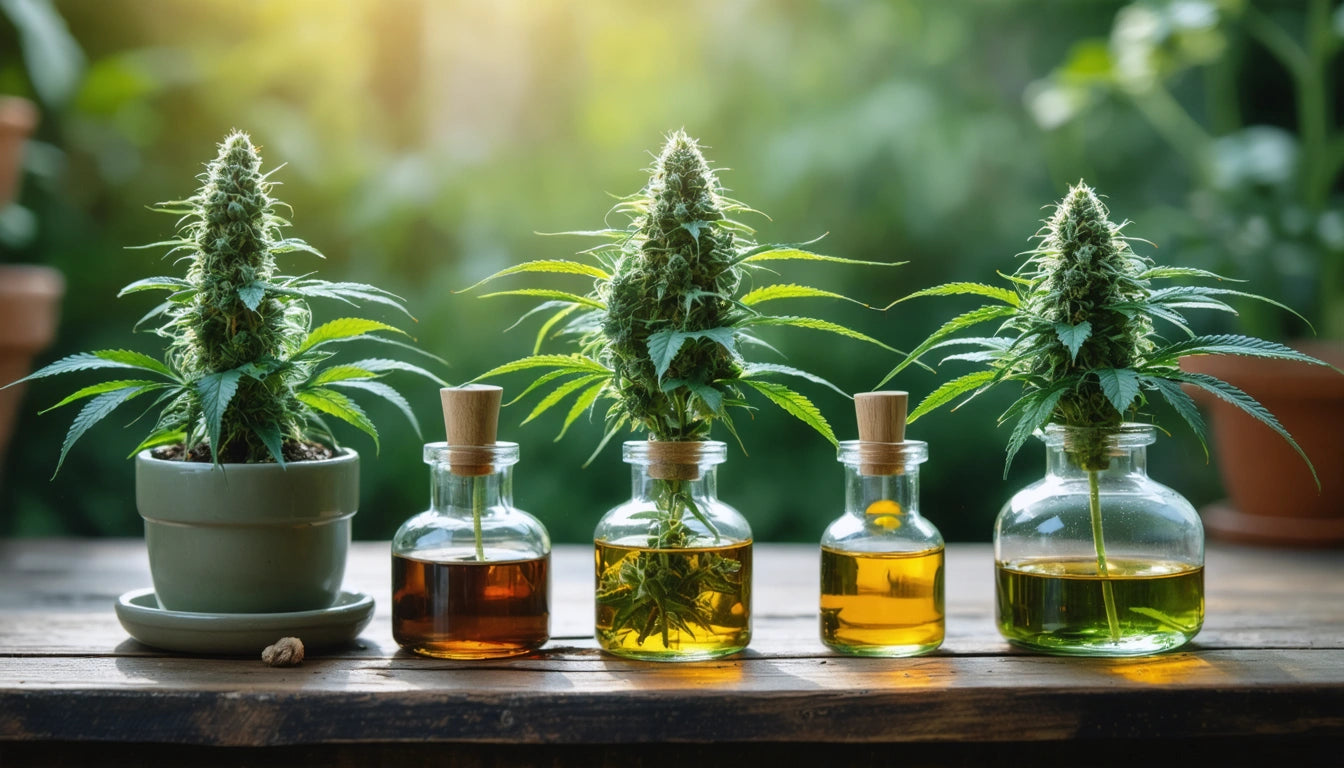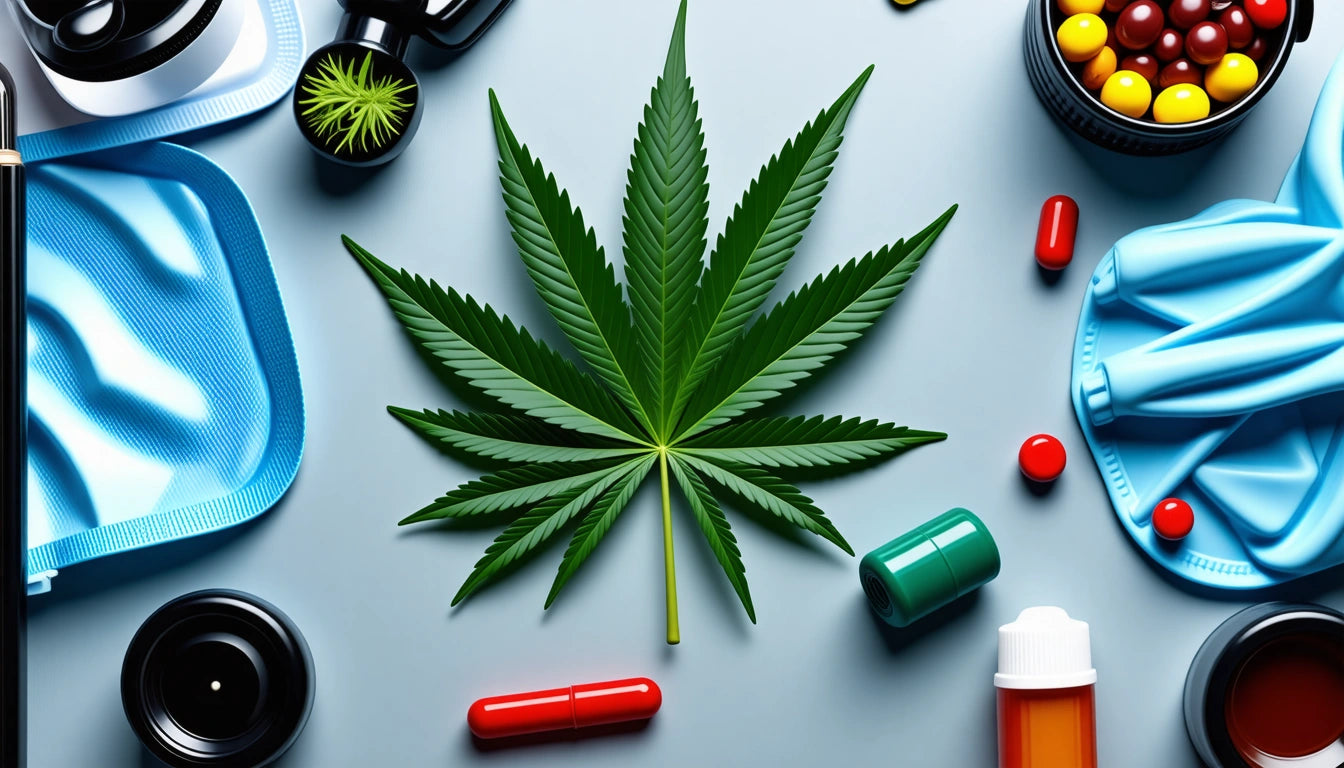Table of Contents
Comparing Wet and Dry Trimming: Techniques, Pros, and Cons
Trimming is a crucial step in the cannabis cultivation process that significantly impacts the quality, appearance, and marketability of the final product. Cultivators typically choose between two primary methods: wet trimming and dry trimming. Each approach offers distinct advantages and challenges that can affect your workflow, final product quality, and overall efficiency.
Understanding Trimming Basics
Trimming involves removing excess plant material, primarily leaves, from cannabis buds to improve appearance, smoothness of smoke, and potency concentration. The timing of this process creates the fundamental distinction between wet and dry trimming methods.
According to our guide on trimming and plant care, proper technique can significantly impact terpene preservation, visual appeal, and even the effectiveness of the curing process.
Wet Trimming Technique: Process and Considerations
Wet trimming occurs immediately after harvesting, while the plant material still contains its natural moisture.
Process:
- Cut down plants and remove large fan leaves
- Separate branches into manageable sections
- Trim sugar leaves and excess plant material while sticky and moist
- Hang trimmed buds to dry
Advantages:
- Easier cutting through fresh, turgid plant material
- Sticky trichomes are less likely to fall off during handling
- Faster overall process from harvest to drying
- Less space required during the drying phase
- More uniform appearance of final product
Challenges:
- Increased risk of mold during drying if humidity isn't carefully controlled
- Faster drying can potentially impact flavor development
- Trimming tools require frequent cleaning due to resin buildup
Dry Trimming Technique: Process and Advantages
Dry trimming takes place after the harvested plants have been dried but before the curing process begins.
Process:
- Harvest plants and remove large fan leaves
- Hang entire plants or branches to dry (7-10 days typically)
- Once properly dried, trim the sugar leaves and excess material
- Place in curing containers
Benefits of Dry Trimming:
- Slower drying process often preserves more terpenes and flavonoids
- Reduced risk of mold during drying (leaves protect buds)
- Less sticky process with reduced tool cleaning requirements
- Sugar leaves protect trichomes during the drying process
Challenges:
- Requires more drying space
- Brittle plant material can cause trichome loss if handled roughly
- Longer overall time from harvest to finished product
Proper drying and curing techniques are essential when using the dry trim method to ensure optimal results.
Comparing Methods: Wet Trim vs Dry Trim
When deciding between wet vs dry trimming, consider these key factors:
| Factor | Wet Trimming | Dry Trimming |
|---|---|---|
| Speed | Faster overall process | Longer process |
| Space Requirements | Less drying space needed | More drying space required |
| Terpene Preservation | Good, but can be compromised by faster drying | Excellent, slower process preserves aromatics |
| Mold Risk | Higher if humidity control is inadequate | Lower, as leaves protect buds during drying |
| Appearance | More manicured, uniform look | Sometimes less uniform but potentially more trichome preservation |
After trimming, maintaining proper humidity levels during curing is crucial. Many cultivators use humidity control packs to ensure optimal moisture levels are maintained throughout the curing process, regardless of which trimming method was used.
What to Do with Wet Trim: Practical Applications
Wondering what to do with wet trim? Rather than discarding this byproduct, consider these valuable applications:
- Extractions: Fresh trim contains valuable cannabinoids and terpenes ideal for live resin production
- Edibles: Decarboxylate and infuse into oils or butter
- Bubble hash: Process immediately or freeze for later hash production
- Compost: Return nutrients to your growing medium
- Tinctures: Alcohol extractions to preserve compounds
According to our drying and curing guide, properly processed trim can retain significant potency and should be viewed as a valuable resource rather than waste.
Equipment Needs for Both Methods
Regardless of whether you choose wet trim or dry trim techniques, certain equipment is essential:
- Trimming scissors: Sharp, ergonomic scissors reduce hand fatigue
- Trim trays: Capture fallen trichomes during the process
- Gloves: Prevent resin buildup on hands
- Drying racks or hanging systems: Proper air circulation is crucial
- Humidity and temperature controllers: Maintain optimal environmental conditions
For larger operations, automated trimming machines can significantly increase efficiency, though many connoisseur growers still prefer hand-trimming for premium flower.
Choosing the Right Method for Your Operation
When deciding between dry trimming vs wet trimming, consider your specific circumstances:
Choose wet trimming if:
- You have limited drying space
- You need to process large volumes quickly
- You're in a high-humidity environment with mold concerns
- You prioritize visual appearance and uniformity
Choose dry trimming if:
- You have adequate drying space
- You prioritize terpene preservation and flavor
- You're growing premium, craft cannabis
- You have time to allow for the longer process
Many experienced cultivators use a hybrid approach, removing large fan leaves while wet, then completing the fine trimming after drying. This balanced method, combined with proper temperature and humidity control, often delivers the best of both worlds.
Ultimately, the wet vs dry trim debate comes down to your specific goals, resources, and market demands. Both methods can produce exceptional cannabis when executed with proper care and attention to detail.











Leave a comment
All comments are moderated before being published.
This site is protected by hCaptcha and the hCaptcha Privacy Policy and Terms of Service apply.